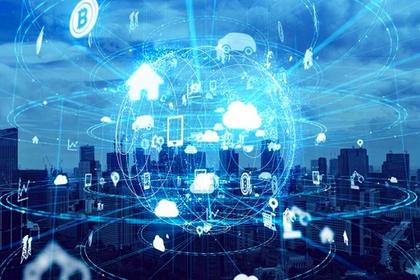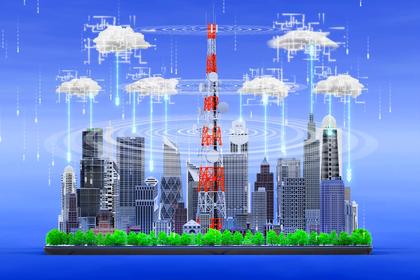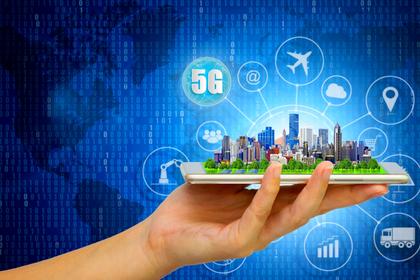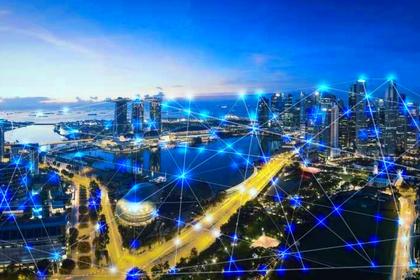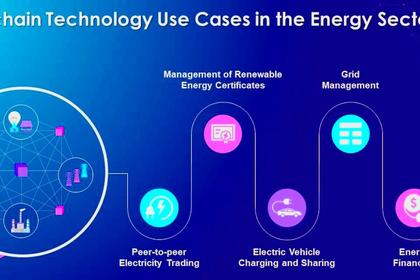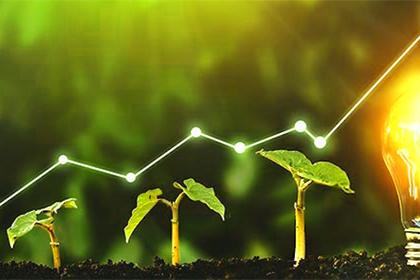
BLOCKCHAIN FOR ENERGY TRANSITION
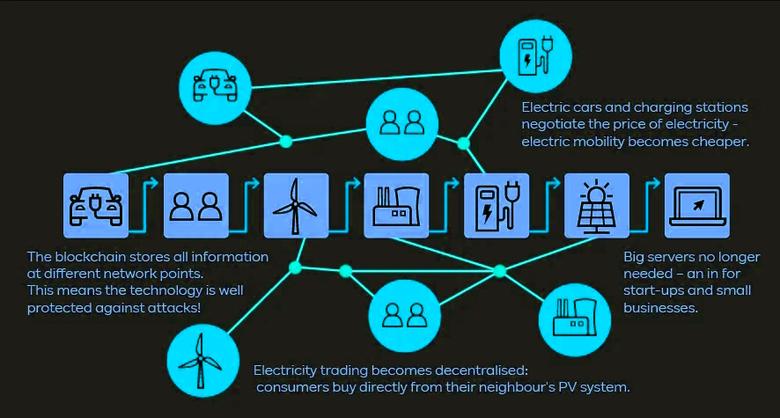
By JULIAN JACKSON Staff Writer, Energy Central
ENERGYCENTRAL - Nov 16, 2023 - The energy industry is rapidly changing, which demands a shift from centralized production and distribution systems to a flatter, more bidirectional ecosystem. Numerous emerging technologies will be part of this transition, including AI, digital twins, microgrids, EVs, and blockchain-based distributed ledger systems.
Blockchains allow a transparent, tamper-proof and easily accessed structure for tallying numerical inputs and outputs. When married with “Smart protocols”: programmable applications, these could be a significant improvement for accounting in the sector. The objection is that blockchains are very energy-inefficient. This used to be the case but even the second largest, Ethereum, reduced its energy consumption by 99%.
More advanced blockchains, such as the “Gen 3 blockchains”, including Cardano (ADA), Avalanche (AVAX), and Algorand (ALGO), could be used to facilitate the creation of decentralized energy grids and agile markets by combining scalability with smart contracting functionality and improved speed and efficiency.
Unlike traditional blockchain networks like Bitcoin, which rely on energy-intensive consensus mechanisms, Gen 3 blockchains utilize hybrid models such as Proof of History (PoH) and Proof of Stake (PoS). These models significantly reduce energy consumption, making blockchain a greener solution for the industry.
Blockchain's ability to enable peer-to-peer (P2P) transactions and operate a decentralized marketplace can facilitate consumers to be the producers of energy. This is already becoming reality as more and more buildings use solar power and storage to become “prosumers”. This paradigm shift will enable individuals and businesses to generate renewable energy from solar panels and wind turbines, and directly trade their surplus energy with other consumers in a transparent and secure manner.
This needs blockchain-based P2P energy trading platforms, so prosumers can offer their excess energy for sale on a digital marketplace, allowing others to purchase clean energy directly from the producer. With faster transaction processing, lower fees, and higher throughput, Gen 3 blockchains enable near real-time transaction settlement making efficient energy management and transparent energy markets possible.
In India, several companies are working on blockchain energy trading systems. The Indian Government think tank NITI Aayog has emphasized the need for trust and the benefits of blockchain, specifically in energy trading. The Indian Ministry of Electronics and Information Technology (MeitY) has developed a National Strategy to implement a National Blockchain Platform. This strategy aims to enhance security, trust, and the ability to create tamper-proof transactions within the energy industry.
Global energy and steel giant TATA has also tested a blockchain-based system for peer-to-peer (P2P) solar power trading and grid management. The platform allows consumers to buy green power directly from those with extra energy to sell. Microtransactions are much more feasible using tokenised systems with tiny transaction costs than conventional payment systems. This is particularly applicable to the Global South, where entrepreneurs can sell energy (for example, to charge phones via solar panels) but the money exchanged is a small amount, so not interesting to major Western credit companies.
The Indian government is actively promoting blockchain-based peer-to-peer (P2P) local energy markets in two provinces. These initiatives will enable direct exchange of electricity between energy producers and consumers, facilitating efficient utilization of renewable energy resources and encouraging their uptake across all income levels.
But if the paradigm shifts globally to distributed rather than central distribution, the contributions of renewables can be optimized. Localised and agile pricing works well with a distributed approach and the flexibility of pricing helps balance a system where there is the variability of supply and congestion in the network to move energy around. In this context, blockchain becomes a candidate for acting as a ledger to keep track of all energy transfers and relevant financial transactions.
-----
This thought leadership article was originally shared with Energy Central's Digital Utility Community Group. The communities are a place where professionals in the power industry can share, learn and connect in a collaborative environment. Join the Digital Utility Community today and learn from others who work in the industry.
-----
Earlier:
